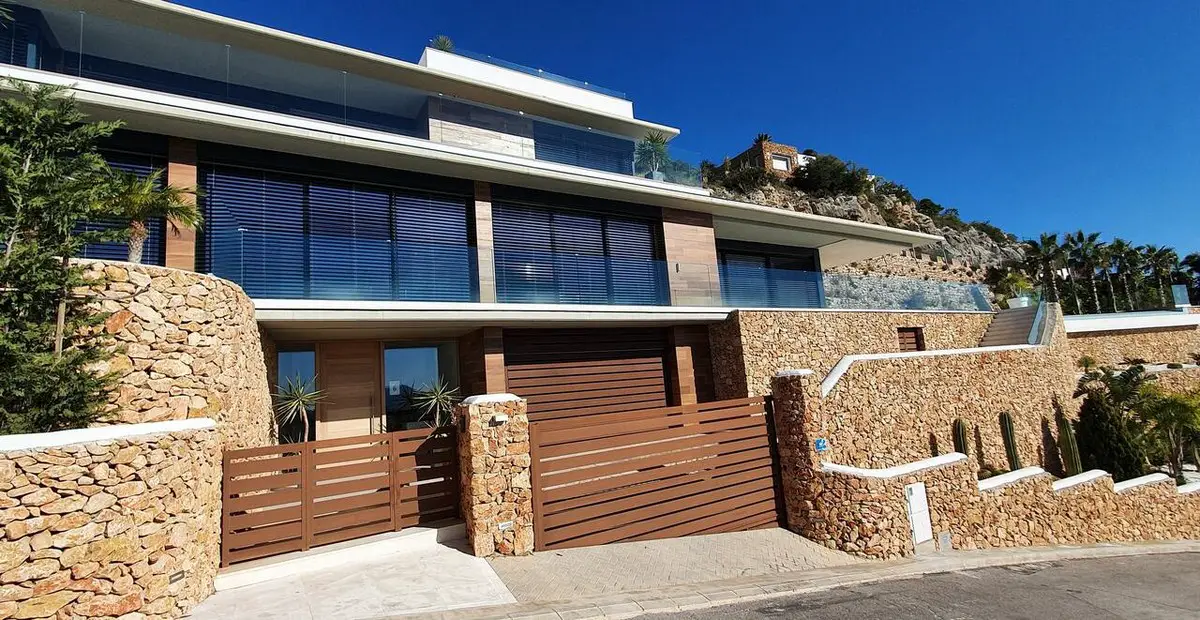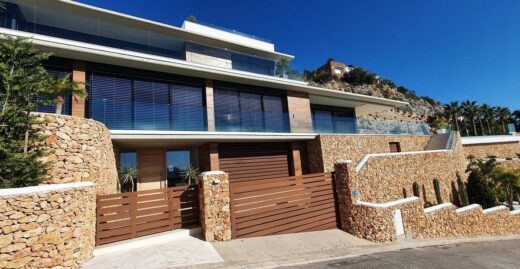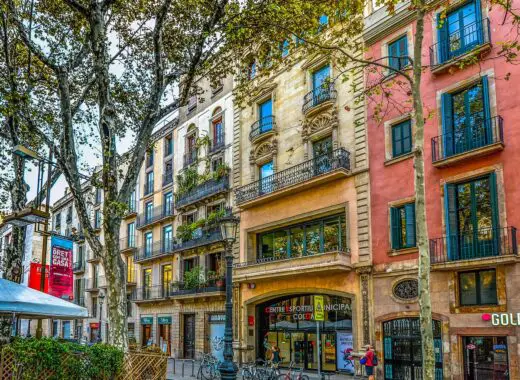Key differences between British and Spanish homes guide, Mediterranean villa property in Spain advice, House interior design
Key differences between British and Spanish homes advice
post updated 12 February 2024
Spain is the most popular tourist destination for the Brits, but it’s even more popular among expats. Although Brexit has thrown a spanner in the works, villas for sale in Spain remain in high demand from those looking to retire in the sun with a lower cost of living.
When considering retiring in Spain, though, many just think about how life will be in the Costa del Sol or Andalucía. Sure, there’s a lot to think about regarding culture, the economy, the cuisine… But one thing often overlooked is just how different Spanish homes are from British homes.
With that in mind, here are some of the key differences.
24 September 2022
Brickwork and warmth
When browsing Breezom, it doesn’t take a genius to notice that Spanish homes are made out of different materials than in Britain. The UK mostly uses load-bearing walls, whilst Spain has brick walls with infill panels that are rarely load-bearing.
Many people will come to conclusions regarding insulation and climate differences as to why they’re so different, but it’s actually geological. Spain has more seismic acceleration and is much more prone to earthquakes. It was clear from the San Francisco earthquake in 1906 that brick buildings (namely cement-based mortar) don’t perform well in an earthquake.
Of course, the use of marble and ceramic when it comes to flooring and wall interior is fully related to heat. Using materials that won’t store the heat for long on a sunny day means the home can cool down faster, which is also why Spanish homes have smaller windows than the standard Victorian bay windows you find in the UK – to restrict sunlight.
In fact, it works the other way too, that British windows open like doors (to allow a small amount of air in), whilst Spanish windows slide to let a lot of air in.
Inevitably, central heating differs a lot too, with radiators being non-existent in Spanish homes. Try using a Spanish mortgage calculator for all your property purchase analysis.
Interior design
Brits want their home to be warm and cozy to fight off the dreary weather. So, fireplaces are far more common (even if there’s no chimney, there will probably be a pseudo fireplace for the feel). This lends itself to carpets and such, but they’re also more likely to be maximalist in nature.
Spanish homes do enjoy dark woods and leather, something that many Brits can get on board with. And, their love of marble isn’t always thermal-related, it’s actually valued highly as a high-quality, exclusive material. If you wanted to find the source of marble in Spain, head to Marble Country in Novelda, Alicante.
Of course, there are many other differences when it comes to the finer details too, like the cold-hot tap separation, the use of kettles but not roof water tanks, and plug outlets.
Key differences between British and Spanish homes – Final Word
When expatriating to Spain, the differences in interior design shouldn’t matter all the much. Whilst the foundation of the home will have clear differences, we can argue that there are more similarities than there are differences, compared to say the timer-laden homes of Scandinavia or Japan’s ultra-lightweight methods.
Comments on this guide to Key differences between British and Spanish homes article are welcome.
Spanish Architecture
Contemporary Architecture in Spain – architectural selection below:
Spanish Architecture Designs – chronological list
Cordoba Architecture Walking Tours
Hotel Mercer 5*, Seville, Spain
Architects: Cruz y Ortiz Arquitectos
Hotel Mercer 5* in Seville
Mediterranean Property
Mediterranean Architecture
Top 5 best Mediterranean resorts
Adding authentic Mediterranean flair
Mediterranean Academy of Architecture Event
Comments / photos for the Key differences between British and Spanish homes advice page welcome.







